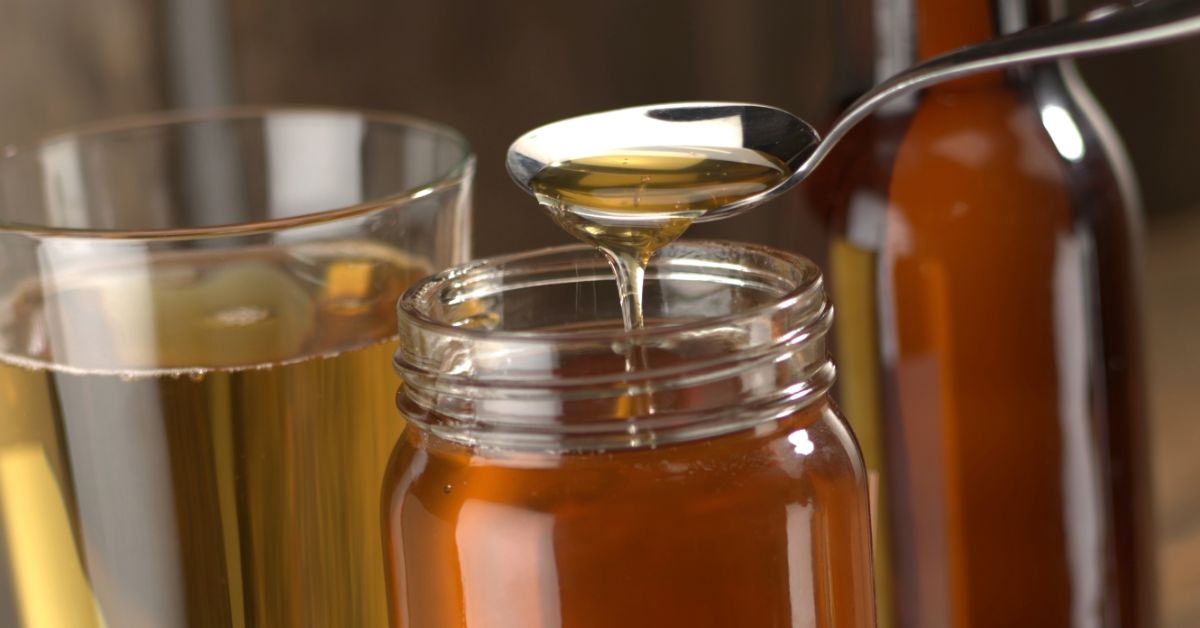Mead, often known as honey wine, is one of the oldest alcoholic beverages known to man, with a rich history that predates both wine and beer.
This guide will not only teach you how to appreciate mead but also take you on a historical journey, exploring its various types, and even guide you through making your own.
Whether you’re a history enthusiast or a curious novice, this comprehensive look into the world of mead is sure to intrigue and inform.

The History of Mead: A Timeless Elixir
Mead’s history is as rich and complex as its flavors. This fermented beverage made from honey, water, and yeast has been enjoyed by cultures around the world for thousands of years.
From the ancient Egyptians to the Vikings, mead has been a symbol of prosperity, health, and creativity. Its resurgence in modern times as a craft beverage is a testament to its enduring legacy and appeal.
The Origins of Mead
The exact origins of mead are lost to history, but evidence suggests it could date back to 7000 BC in Northern China.
Ancient residues of mead have been found in pottery vessels, indicating its significance across different cultures and periods.
Its simplicity of ingredients made it accessible to nearly every civilization that had access to honey.

Mead in Ancient Civilizations
In ancient times, mead was more than just a drink; it was a cultural staple. The Greeks called it the “nectar of the gods”; for the Norse, it was the drink of choice for warriors returning from battle.
Mead was believed to have healing properties and was often used in ceremonies and rituals to invoke health and prosperity.
The Renaissance of Mead in Modern Times
In recent years, there’s been a significant revival of mead, with craft meaderies popping up all over the world.
Modern mead makers are experimenting with various ingredients and techniques, producing a wide range of flavors from dry to sweet, still to sparkling, and everything in between.
This renaissance has reintroduced mead to a new generation of enthusiasts eager to explore its rich history and diverse taste profiles.
Understanding Mead: Types and Ingredients
Mead’s versatility comes from its simple base ingredients—honey, water, and yeast— which can be augmented with fruits, spices, herbs, and grains to create different flavors.
The type of honey and additional ingredients used play a significant role in the final taste of the mead, making each batch unique.
The Basic Ingredients of Mead
The foundation of mead is honey, which provides the sugars needed for fermentation. Water dilutes the honey to an appropriate concentration for yeast to thrive.
Yeast is then added to consume the sugars, producing alcohol and carbon dioxide, along with other flavor compounds.
The variety of honey, from clover to orange blossom, significantly affects the mead’s flavor profile.
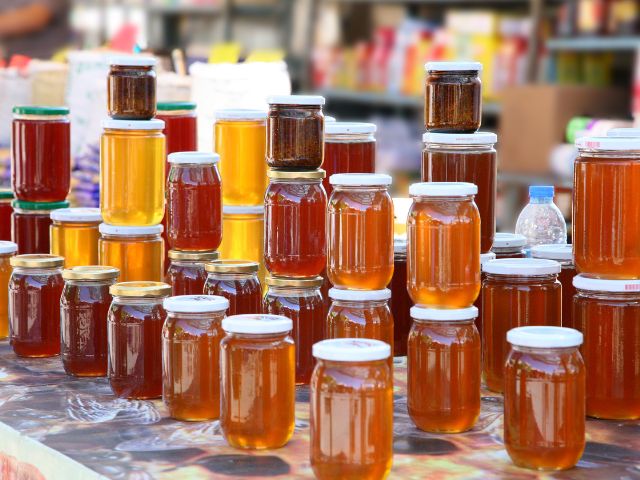
Different Types of Mead
There are several types of mead, each offering a unique tasting experience. Traditional mead focuses on the honey’s flavor, while melomels include fruits like berries, apples, or peaches.
Metheglins are spiced meads, incorporating herbs or spices. Cyser is a type of mead made by fermenting honey with apple juice, and pyment blends honey with grape juice.
The diversity within mead is vast, catering to a wide array of palates.
Regional Variations of Mead Around the World
Just as wine is influenced by its terroir, mead varies greatly depending on the region where it’s produced.
The type of honey, local fruits, and traditional brewing methods contribute to a region’s signature mead style.
For example, Polish mead often uses a mix of honey and berries, while Ethiopian tej is typically flavored with gesho leaves, giving it a unique bitter note.
How to Choose the Right Mead
Choosing the right mead can be as nuanced as selecting a fine wine or craft beer. The key is to consider the type of mead, the flavor profile, and the occasion for which it is being selected.
Whether you prefer something sweet, dry, fruity, or spiced, there’s a mead out there for you.
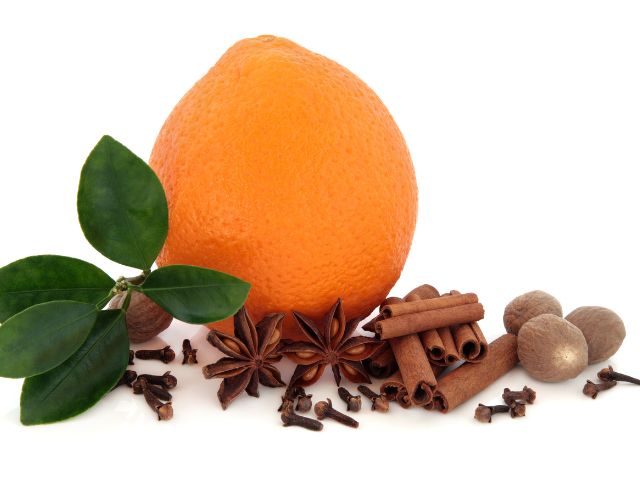
Understanding Mead Labels
When selecting a mead, the label can offer valuable insights into its characteristics. Look for information on the type of mead, the alcohol content, and any additional flavors or ingredients.
Some labels might also describe the mead’s taste profile or suggest food pairings, which can be helpful for first-time buyers.
Tips for Selecting Quality Mead
To ensure you’re choosing a quality mead, consider the reputation of the meadery and seek out reviews or recommendations.
Meaderies that focus on small-batch production often emphasize quality and unique flavor profiles.
Also, don’t be afraid to ask for samples if you’re purchasing mead from a specialized shop or directly from a meadery.
Mead Pairings: Food and Occasion
Mead pairs beautifully with a variety of foods, much like wine. Lighter, drier meads complement poultry and seafood, while sweeter meads can enhance the flavors of desserts or spicy dishes.
Mead also makes a unique and festive choice for celebrations, offering a talking point for guests interested in its rich history and variety.
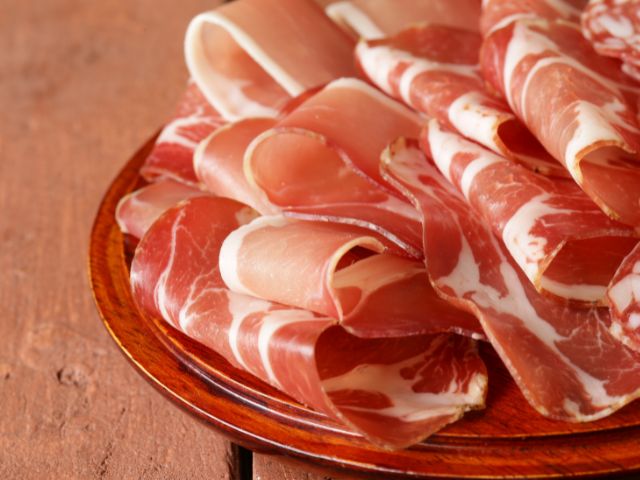
The Proper Way to Serve Mead
Serving mead correctly can significantly enhance its enjoyment. Temperature, glassware, and presentation all play a part in the mead-drinking experience, influencing its aroma, taste, and overall perception.
Temperature and Glassware
The ideal serving temperature for mead varies depending on its type. Generally, lighter meads should be served chilled, similar to white wine, while richer, fuller-bodied meads are best slightly warmer.
Glassware, too, can affect the experience; a clear wine glass or a specialized mead glass allows one to appreciate the color and aroma of the mead before tasting.
Serving Suggestions for Different Types of Mead
Each type of mead may come with its own serving suggestions.
Traditional meads often benefit from simplicity, allowing the honey’s natural flavors to shine, while complex metheglins or fruit-infused melomels might be served in a way that complements their additional ingredients, such as with a garnish or alongside complementary foods.
Tasting Mead Like a Connoisseur
Tasting mead is an art form that involves engaging all your senses to fully appreciate its complexity, from appearance and aroma to flavor and mouthfeel.
Understanding how to taste mead can deepen your appreciation for this ancient beverage.
The Visual Examination
Start by examining the mead’s color and clarity in a well-lit room. The color can range from pale yellow to deep amber, providing clues about the type of honey used and the mead’s age.
Clarity might indicate the mead’s filtration process or aging time.
The Olfactory Assessment
Swirl the mead gently in the glass to release its aromas, then take a moment to smell it before tasting it.
The bouquet can reveal not only the presence of honey but also any fruits, spices, or other ingredients used in its production. Each sniff can unveil layers of complexity.
Tasting Notes and Palate Identification
When tasting mead, let it linger on your palate to detect its sweetness, acidity, body, and tannins. Like wine, mead can express a range of flavors, from floral and fruity to earthy and spicy.
Pay attention to the aftertaste, or finish, which can provide additional insight into the mead’s quality and craftsmanship.
Making Your Own Mead: A Beginner’s Guide
Making mead at home is a rewarding experience that connects you to the ancient tradition of mead-making. With some basic equipment and patience, anyone can create their own unique mead.
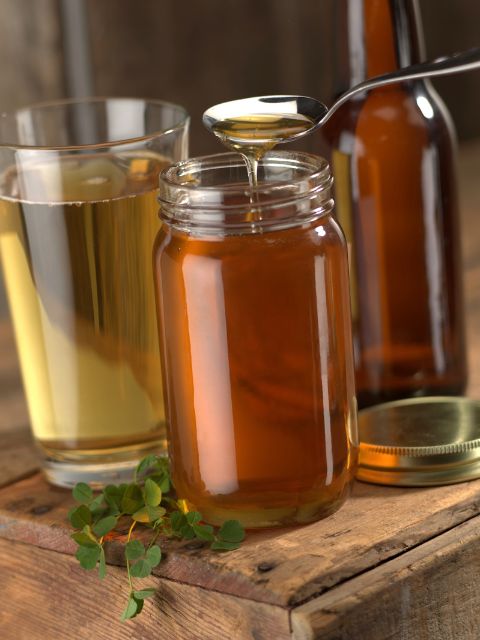
Basic Equipment and Ingredients
To start making mead, you’ll need a fermentation vessel (such as a carboy or bucket), airlock, yeast, honey, and water.
Sanitation is crucial in mead-making, as it prevents contamination and ensures a successful fermentation.
Step-by-Step Mead Making Process
Making mead involves mixing honey with water to create a must, adding yeast to initiate fermentation, and then allowing the mixture to ferment for several weeks to months.
After fermentation, the mead can be clarified, flavored with additional ingredients if desired, and then aged to perfection.
Troubleshooting Common Mead-Making Issues
Common issues in mead-making include stuck fermentation, off-flavors, and cloudiness.
These can often be mitigated by ensuring proper sanitation, maintaining the right fermentation temperature, and being patient as the mead matures.
Preserving and Aging Mead
Mead, like wine, can improve with age. Understanding how to properly store and age mead can enhance its flavors and complexity over time.
Short-Term and Long-Term Storage Tips
For short-term storage, keep mead in a cool, dark place. For long-term aging, bottles should be stored on their sides in a temperature-controlled environment.
This helps preserve the mead’s quality and allows it to develop deeper flavors and aromas.
The Aging Process and Its Effects on Mead
Aging mead can mellow harsh flavors and integrate the various flavor components into a more cohesive profile.
The length of aging depends on the mead’s composition and the desired outcome, with some meads benefiting from several years of aging.
Mead Festivals and Communities
The resurgence of mead has led to the formation of vibrant communities and festivals dedicated to celebrating and sharing knowledge about this ancient beverage.
Engaging with these communities can provide valuable insights, new friendships, and the joy of shared experiences.
Finding and Attending Mead Tastings and Festivals
Many meaderies host tastings and tours, offering an opportunity to sample various meads and learn directly from the makers.
Mead festivals, which are becoming increasingly popular, provide a broader platform for exploration and education, featuring meads from different regions and styles.
Joining Online and Local Mead Communities
Online forums, social media groups, and local clubs offer mead enthusiasts a place to share recipes, tips, and experiences.
These communities can be invaluable resources for both novice and experienced mead makers and drinkers alike.
Conservation and Sustainability in Mead Production
As mead’s popularity grows, so does the importance of sustainable production practices.
Supporting meaderies that prioritize environmental responsibility not only helps preserve natural resources but also ensures the longevity and quality of the mead industry.

Environmental Impact of Mead Production
The production of mead, like any agricultural product, has an environmental footprint.
Sustainable meaderies focus on sourcing honey and other ingredients locally, minimizing waste, and using renewable energy sources to reduce their impact.
Supporting Sustainable Mead Brands
Choosing to purchase mead from producers who are committed to sustainability supports the health of the planet and the industry.
Look for meaderies that are transparent about their practices and actively work towards minimizing their environmental impact.
Conclusion: The Enduring Legacy of Mead
Mead’s rich history and cultural significance, combined with its diverse styles and flavors, have ensured its place in the hearts of drinkers across the ages.
Whether you’re savoring a glass of finely aged mead, experimenting with mead-making at home or engaging with the vibrant mead community, the world of mead offers endless opportunities for exploration and enjoyment.
The legacy of mead, with its deep roots in human history, continues to grow, promising a sweet future for this ancient elixir.

